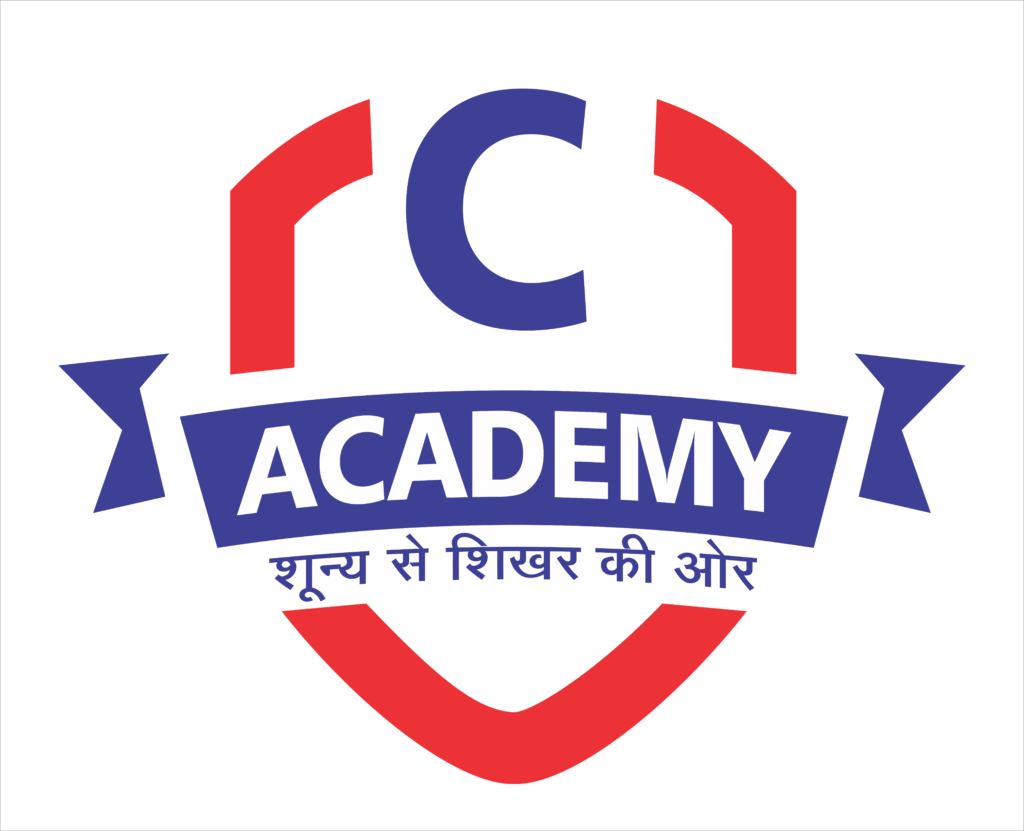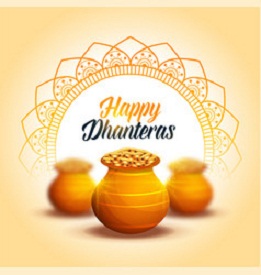Kishore Vaigyanic Protsahan Yojna
(किशोर वैज्ञानिक प्रोत्साहन योजना)
ABOUT KVPY
The “Kishore Vaigyanik Protsahan Yojana” (KVPY) is a program started in 1999 by the Department of Science and Technology (DST), Government of India to encourage students who are studying Basic Sciences to take up research career in Science.
APPLICATIONS ARE INVITED FOR 2021 EXAM
Application for KVPY-2020 must be done only in ONLINE MODE
Application Fee
For General/OBC Category: Rs. 1250/-,
For SC/ST/PWD: Rs. 625/- (Bank Charges extra)
Important Dates
Opening of online application portal : 6th September 2020
Date for closing of online application : 30th October 2020
Download Admit card :
Second week of January 2021
Exam Date : 31st January 2021
Award of KVPY Fellowship-2019
Following is the provisional list of candidates in the order
of merit, recommended for the Award of KVPY Fellowship-2019.
The merit list is based on the marks obtained by a
Candidate: 75 % of the marks in the Aptitude Test + 25 % of the marks in the
Interview.
All India Rank List – General Merit and cut off marks:
Stream – SA (53.00 % and above)
Stream – SX (55.00 % and above)
Stream – SB (50.00 % and above)
All India Rank List under Empowerment Initiative for SC/ST
students in the KVPY Fellowship Program and cut off marks:
Stream – SA (42.00 % and above)
Stream – SX (45.00 % and above)
Stream – SB (40.00 % and above)
All India Rank List under Empowerment Initiative for PWD
students in the KVPY Fellowship Program and cut off marks:
Stream – SA (42.00 % and above)
Stream – SX (45.00 % and above)
Stream – SB (40.00 % and above)



